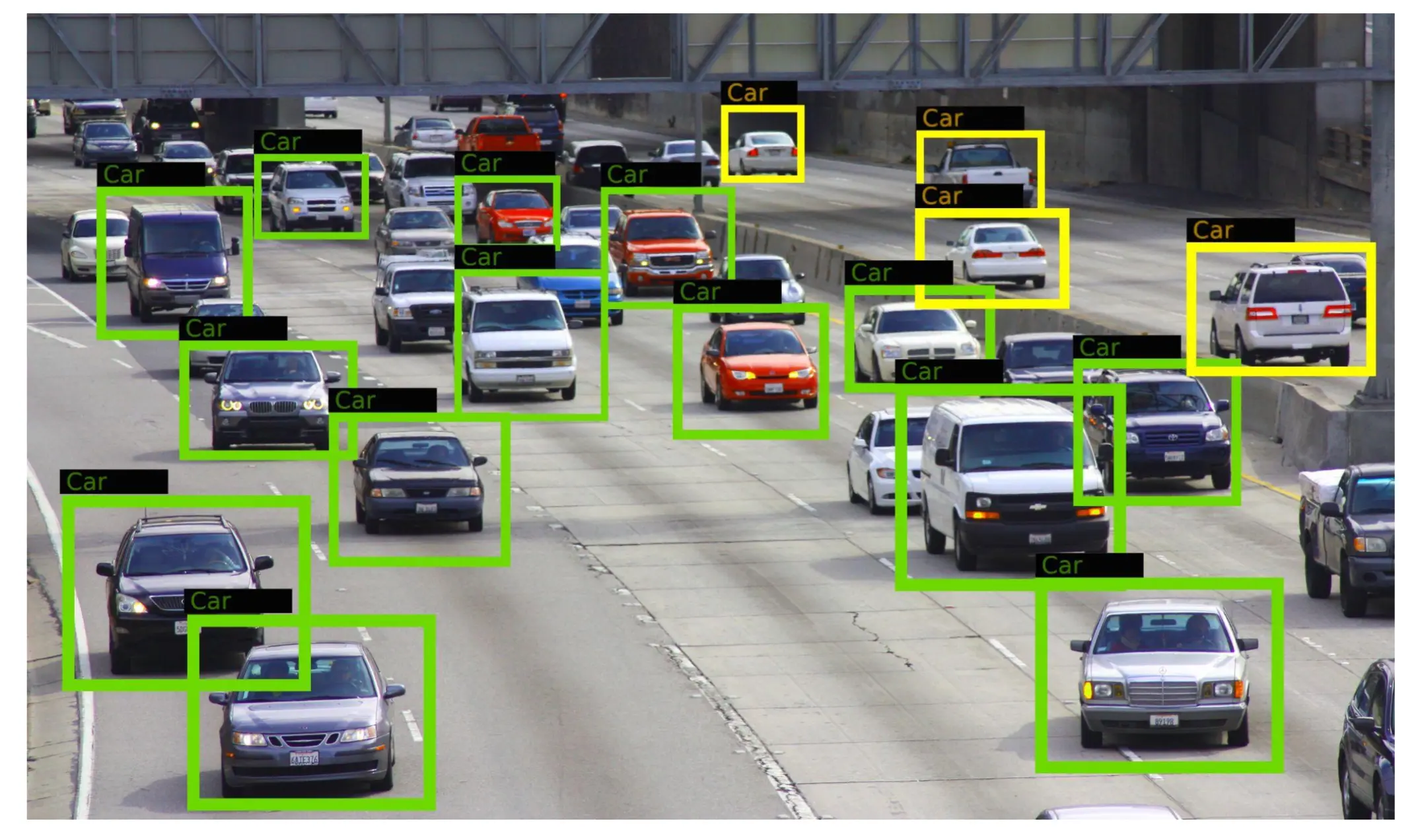Goal: Researchers from Alibaba Group, Hupan Lab and Nanyang Technological University conducted an analysis on whether GPT-4 can perform as a good data analyst. This controversial topic has drawn public attention, but there are still divergent opinions without a definitive conclusion. The goal is to answer the question “Is GPT-4 a good data analyst?” by quantitative comparison with human data analysts.
Methodology:
- Regarded GPT-4 as a data analyst to conduct end-to-end data analysis on databases from various domains.
- Designed prompts for GPT-4 to generate code, data visualizations and analysis.
- Evaluated GPT-4 using automatic metrics and professional human ratings on dimensions like correctness, aesthetics and complexity.
- Compared GPT-4 with data analysts of different seniority levels.
Key findings:
- GPT-4 achieved 0.78 correctness on extracting data, 0.99 on selecting chart types, and 2.5/3 aesthetics rating on average.
- GPT-4 outperformed entry-level and intern data analysts on most metrics. It achieved comparable performance to senior data analysts.
- GPT-4 was much faster, taking 34-55 seconds per instance versus 173-648 seconds for human analysts.
- GPT-4’s cost was only 0.45-2.5% of human data analysts’ cost.
Recommendations:
- GPT-4 shows potential as a data analyst from preliminary studies, achieving high performance at low cost.
- However, concerns remain around accuracy, reasoning, and handling new scenarios.
- Further research with more real-world data is required before concluding GPT-4 can replace human data analysts.
- Useful applications could be assisting human analysts or automating routine analytical tasks.
Implications:
- Adopting GPT-4 for data analysis could significantly reduce talent costs for organizations, enabling them to scale data teams faster.
- However, wide adoption could displace many human data analyst jobs and create structural unemployment in the profession.
- Organizations that fail to adopt GPT-4 may face competitive disadvantage from data-driven decisions made faster and cheaper by competitors.
Alternative perspectives:
- The study was limited to 1000 examples from a narrow dataset, which may not represent the full scope of real-world data analysis.
- Human analysts likely still surpass GPT-4 in complex reasoning, creativity and handling new scenarios outside the training data.
- Studies funded by AI creators like Anthropic may be incentivized to portray their technology favorably.
AI predictions:
- GPT-4 will likely match or exceed human-level performance on a wider range of analytical tasks as training data and compute scale up.
- Hybrid human-AI data analysis teams will emerge, with humans focusing on strategy, quality control and customer interactions.
- As natural language interfaces improve, GPT-4 could enable self-service data analysis for non-technical users.
Glossary:
- GPT-4 as a data analyst: Treating the AI system GPT-4 as if it were a human data analyst in order to evaluate its capabilities on analytical tasks.
- End-to-end data analysis framework: A process created by the authors where GPT-4 is prompted to extract data, visualize it, and analyze it given a business question and database.
- Code generation: GPT-4 generating SQL and Python code to query databases and visualize data based on instructions.
- Analysis generation: GPT-4 producing written data analysis and insights when prompted with a question and extracted data.
- Professional human evaluation: Rigorous scoring of GPT-4’s outputs on dimensions like correctness, alignment, and complexity by hired experts.
- Cost per instance: A metric calculated by the authors to quantify the expense of each analytical task completed by GPT-4 vs human analysts.
- Additional online information: An optional module allowing GPT-4 to incorporate real-time external knowledge, like from Google, when generating analysis.
Members also get access to our comprehensive database of AI tools and fundraising
 Join hosts Anthony, Shane, and Francesca for essential insights on AI's impact on jobs, careers, and business. Stay ahead of the curve – listen now!
Join hosts Anthony, Shane, and Francesca for essential insights on AI's impact on jobs, careers, and business. Stay ahead of the curve – listen now!


